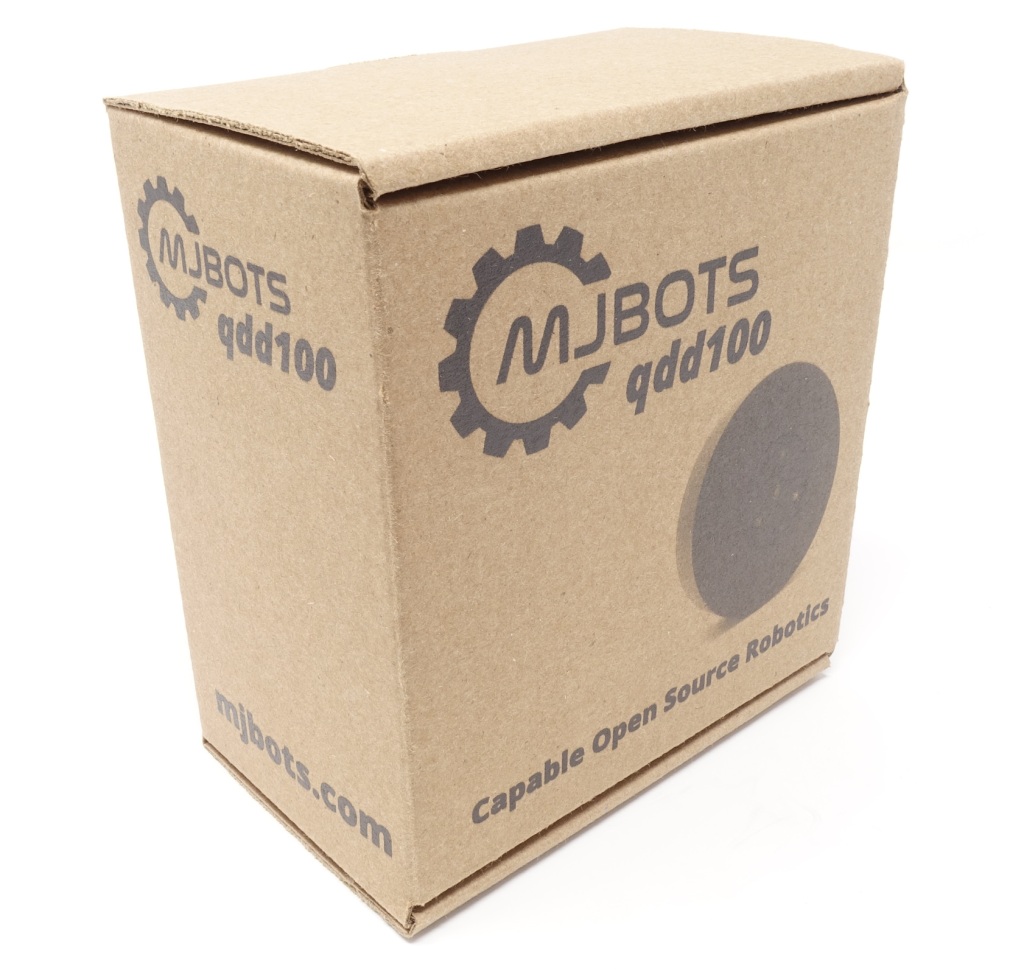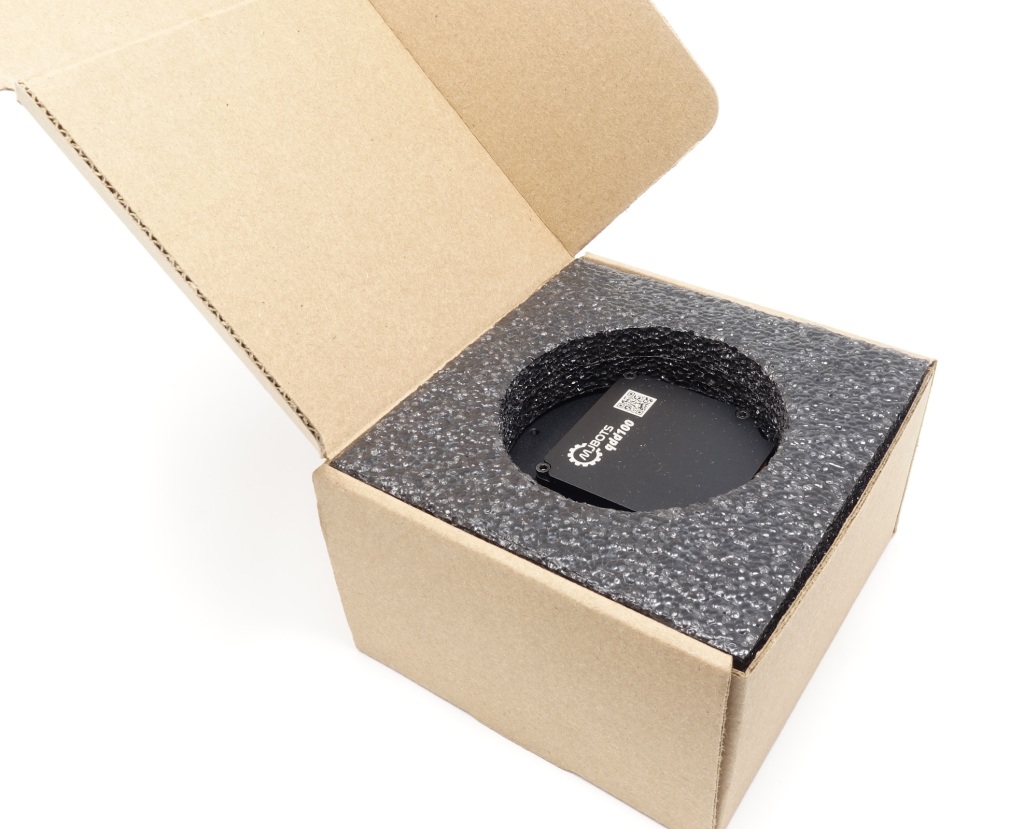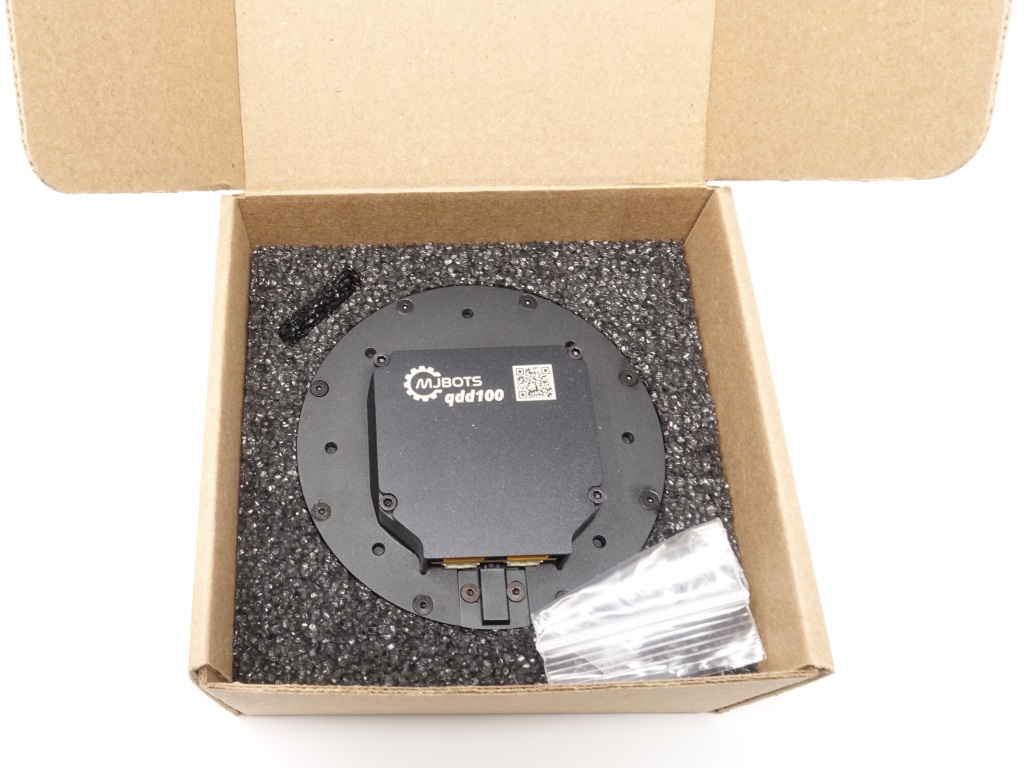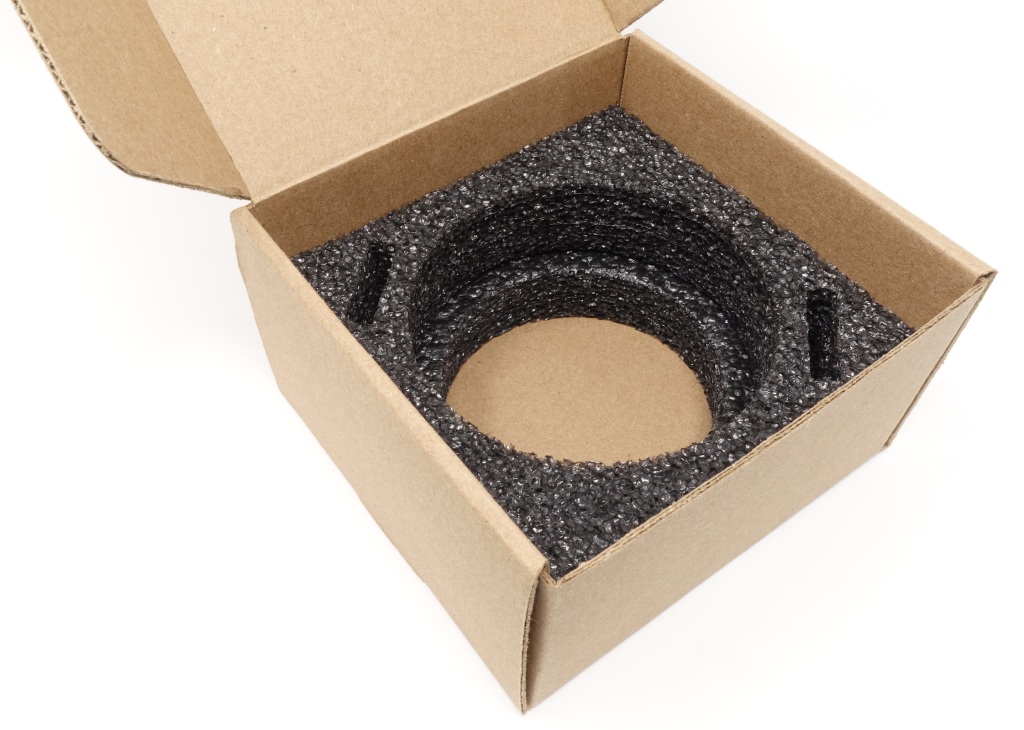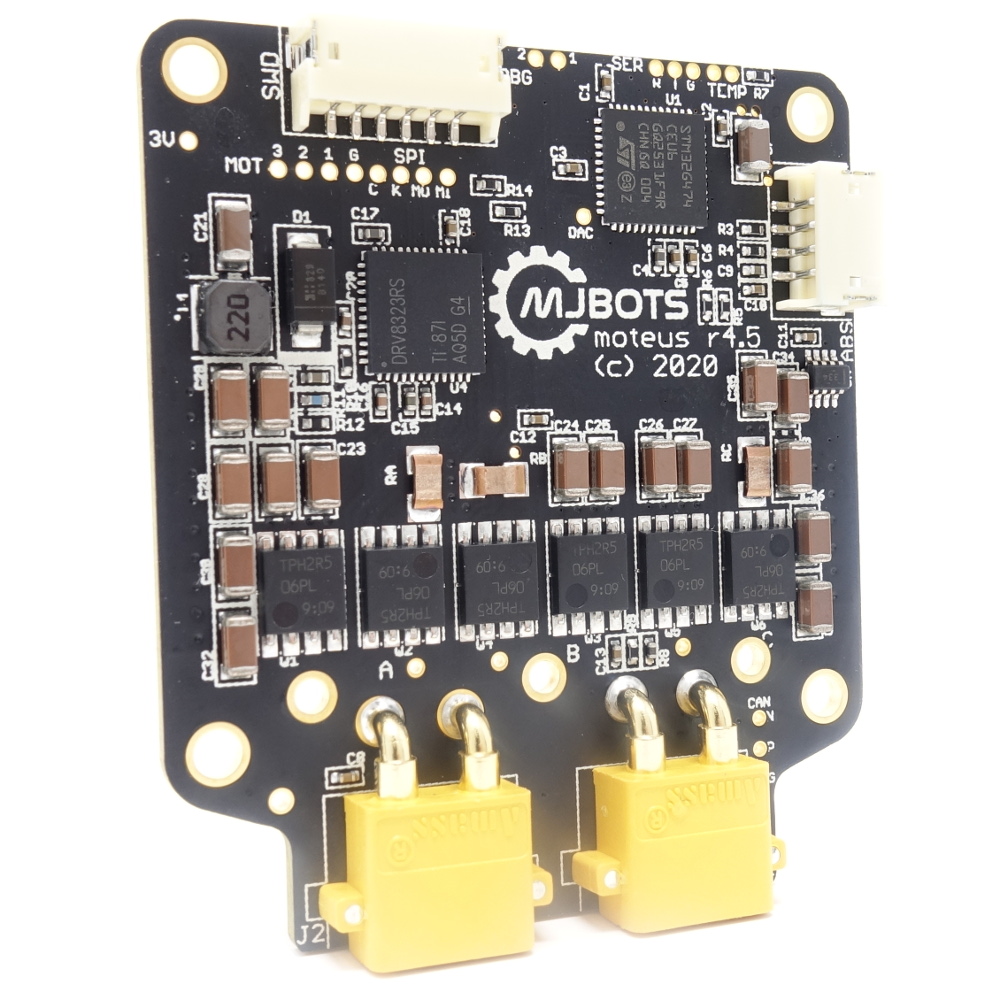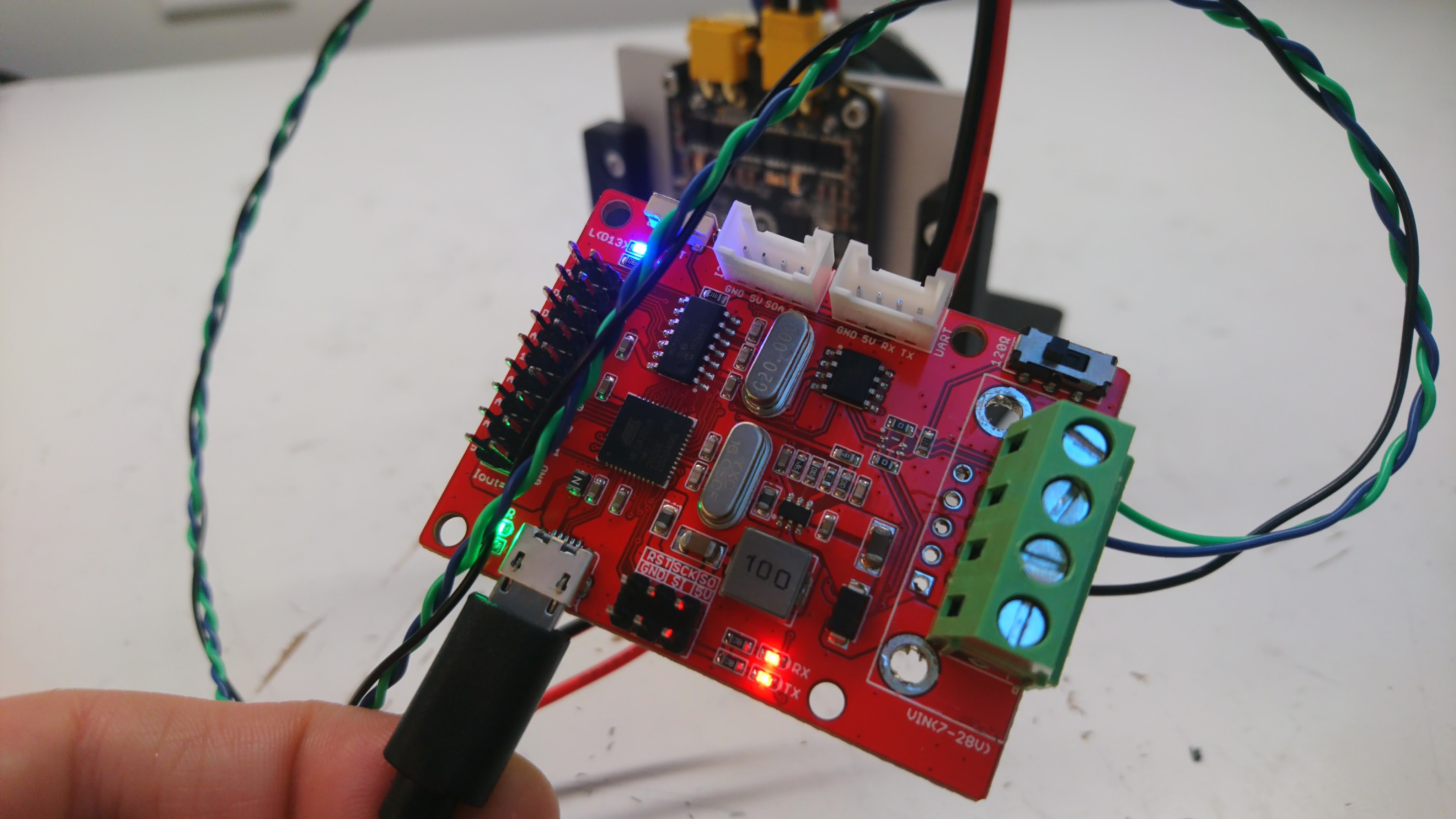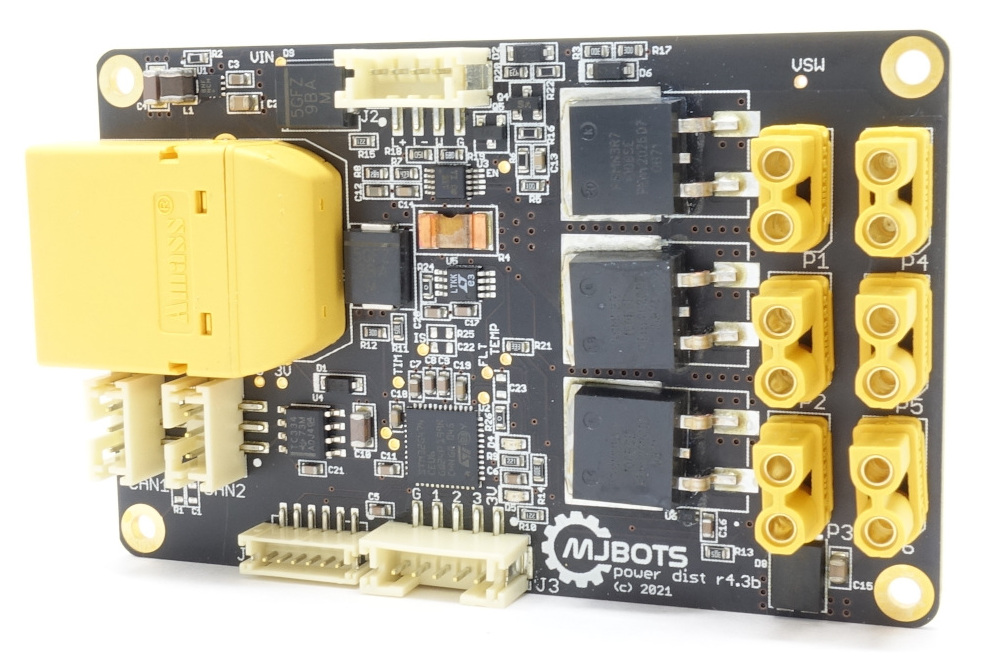New available limits in moteus firmware
Some of the new features in the moteus 2021-04-09 firmware release are new limits that can make the overall system more robust to faults or environmental conditions.
Velocity limiting
Like the position limits, there now is a configurable velocity limit. If the motor is moving faster than this limit in either direction, then the applied torque will be limited, eventually to a value of 0. This can be used to reduce the likelihood of runaway behavior in systems where high speeds are not expected.

